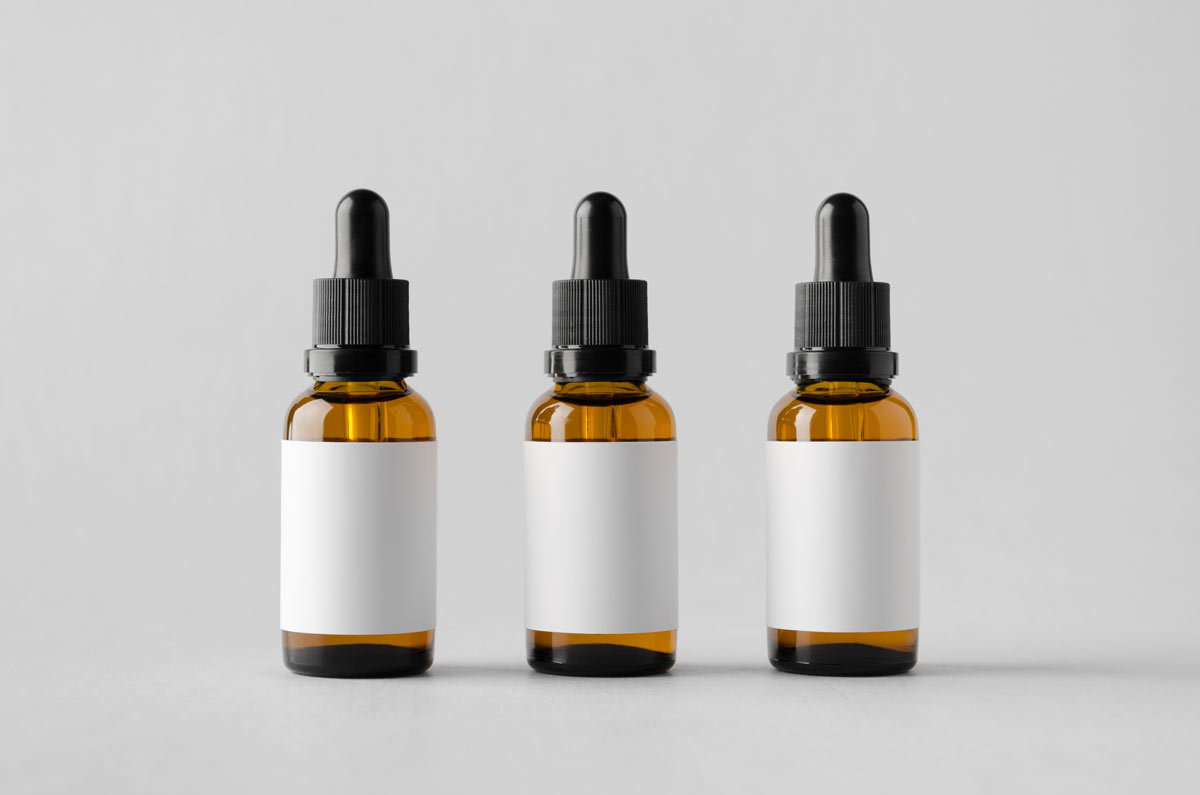There are hundreds of brands out there that sell supplements — some good and trustworthy, others…not so much. So, what’s going to make your brand the one a customer chooses? The answer is simple — your label.
Many savvy supplement customers and nutrition bloggers make it very clear what they look for in a supplement. Most of those purchasing decisions fall under the umbrella of the label. Your label is how the consumer decides whether you and your product are trustworthy and of good quality or not. So here is the question: Does your label convey the quality of your product?
Check out these 10 steps to ensure your company label stands out above the rest:
- Supplement Name
This is required by the FDA. - Supplemental Facts
The supplemental facts should include the serving size, servings per container, and the active ingredients with weight and percent daily value. Keep in mind — customers are often looking for main ingredients to be above the 20% daily value, but if it’s more than 100%, they likely won’t believe it or need it. As the seller, you need to be honest with the amount and purity of your ingredients. - Certifications or Disclaimers
If your product is FDA approved, you want to make sure it’s easily seen on the label. This makes customers feel confident and secure about the quality of your product. Many customers love seeing either NSF or USP certifications. Those savvy customers that are super knowledgeable on supplements are going to completely disregard the product if it doesn’t have a certification called out on the label.If your product is not FDA approved, you need to make sure you add a disclaimer telling customers the truth about your product. Just because your product is not FDA approved doesn’t mean a customer isn’t going to buy it – it’s just best to add a short disclaimer and let your customers know.
- Ingredients
Your main ingredients should be in the supplement facts; however it is likely you have additional ingredients. These additional ingredients would be things such as fillers, binders, or what makes up the capsule. List those extras in an “Additional Ingredients” section. This is also a good place to add allergens or cross-contamination warnings. Having ingredients listed is required by the FDA. - Supplement Benefits
Customers love being able to read on the label how the product is going to benefit them. For example, this description could explain how the supplement is going to promote the customers health. Make sure this description is not overly scientific, but instead is easy for the customer to read and understand. - Cautions
It’s always a good idea to have risks and potential side effects clearly listed on a product label. This saves your company from liability, and it makes the customer feel well-informed. - Directions
Your label should have a clear “Directions” section where customers can see how much they should consume and how often they should take the supplement in order to get the best results. Whether it’s 1 capsule every day or 2 scoops per 16 ounces, it’s good to tell people how and when to consume your product. For example, do they need to consume it with food or water? You can also add storage direction in this section. Most supplements can be ruined by too much moisture, so telling your customers where to store products to get the best shelf life helps them get the best out of your product. - Actual Size Diagram
Though this isn’t an absolute necessity, it’s a nice feature for those who have difficulty swallowing pills, which we know is 40% of Americans. When looking at a capsule or tablet supplement, it helps customers be able to see how large the pill is. - Expiration Date
Most often, customers will look for an expiration date on supplements to ensure the product will last for a long time. This helps the customer determine how long it will last, how old the supplement already is, and ultimately, whether or not they want to buy it. If it expires in a week, they likely won’t buy it because it’s nutritional value is decreasing. It helps consumers keep track once they do buy a product and when it’s no longer going to be beneficial. - Company Name & Contact Information
This one is so important. Above all else, it is required by the FDA that the manufacturer, packer, or distributor’s name and place of business is stated on the label. Customers like to know who they are buying from and who they are supporting. By adding your contact information (including an address) you’re making yourself available to any issues or praises customers want to give.
Once you have completed these 10 steps, be ready for customers to reach for your product instead of your competitors’. These features help your label shine light on the quality of your product. Contact us today and talk about how we can manufacture a quality product for your brand!

